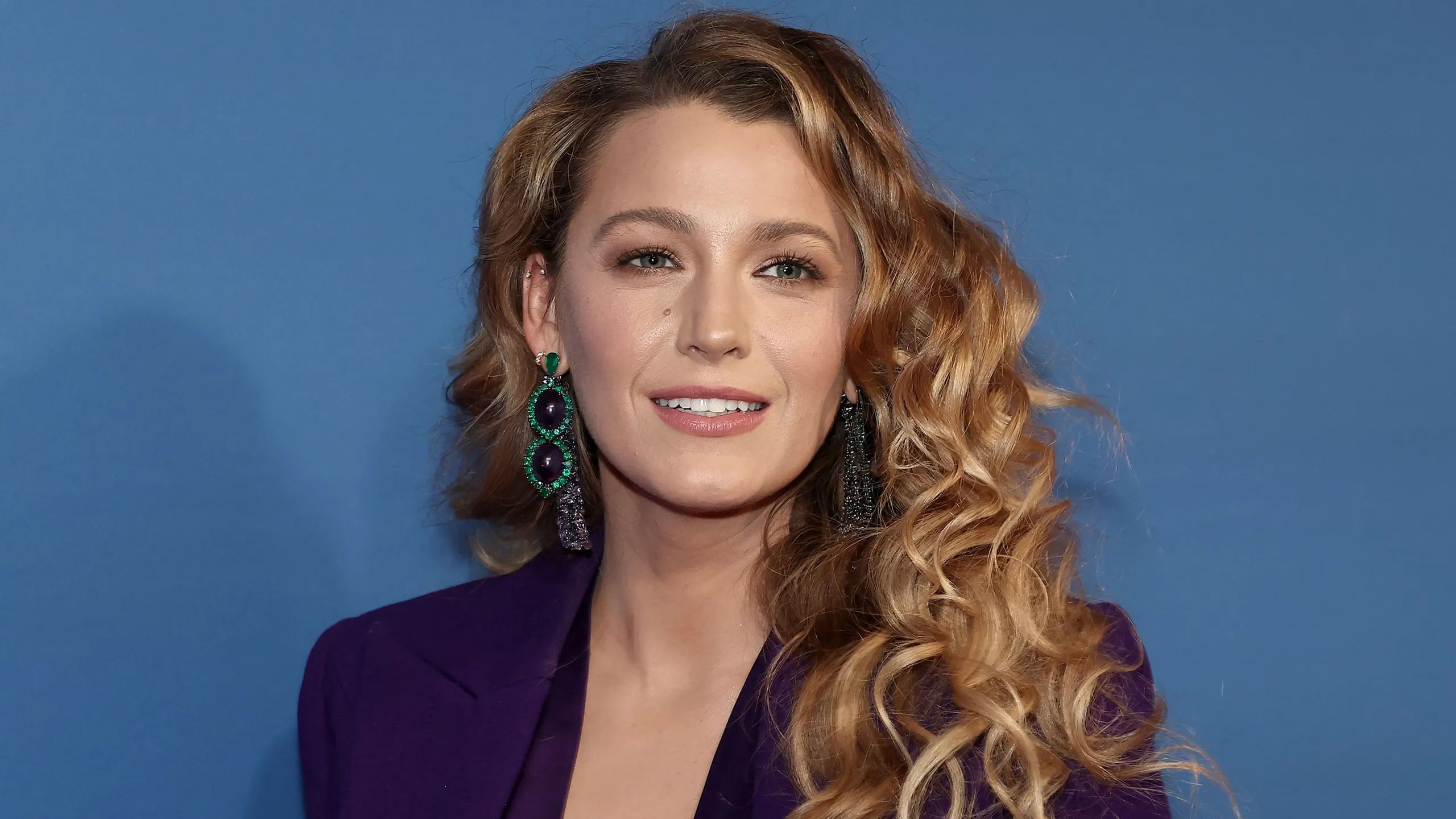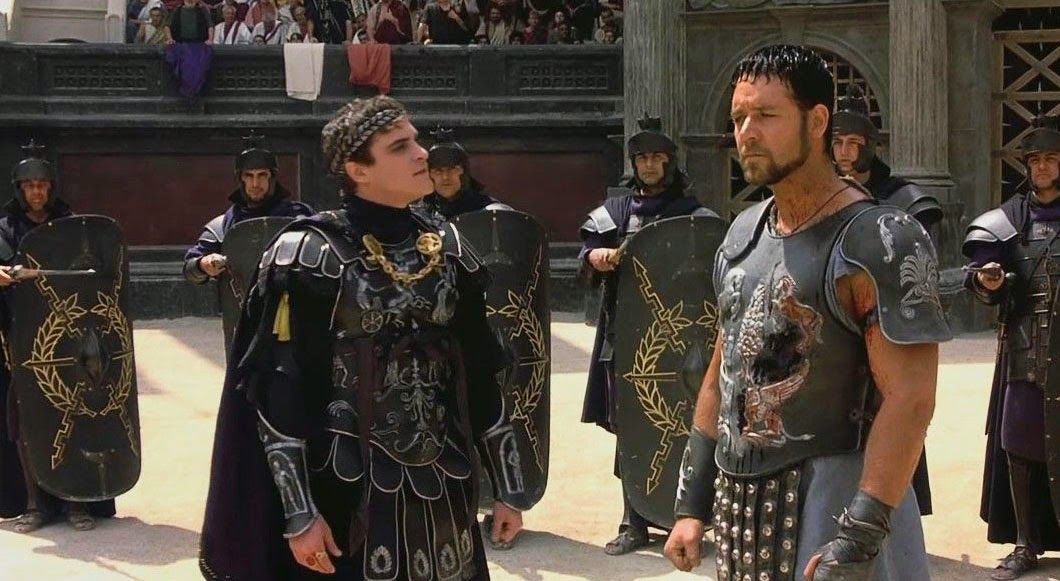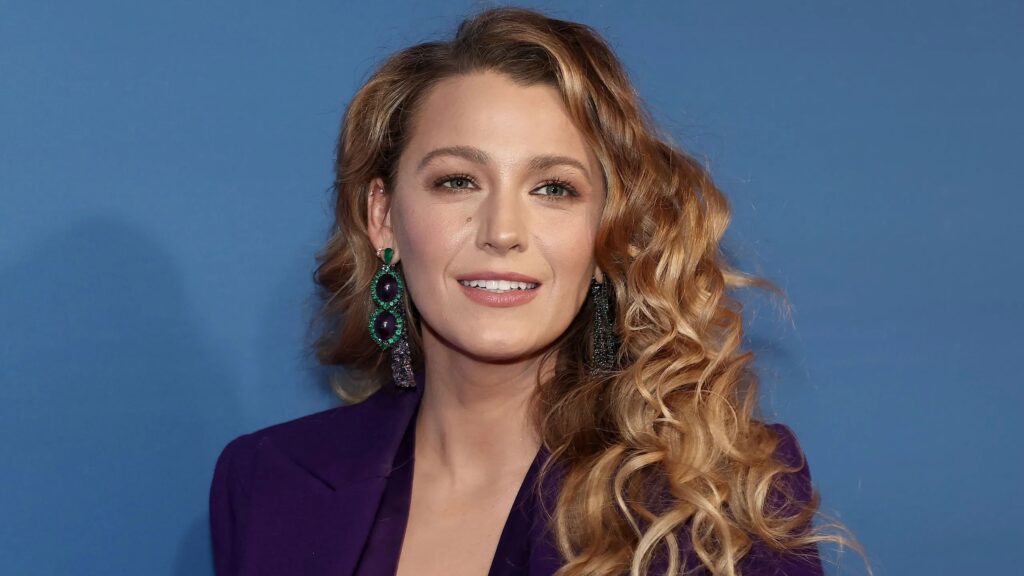
Filmmaking, at its heart, is a delicate dance of collaboration, a vast symphony of egos, talents, and visions all striving for a singular, magnificent outcome. When it works, it’s pure magic, birthing legendary partnerships like Martin Scorsese and Robert De Niro, or Gena Rowlands and John Cassavetes, where trust and mutual understanding elevate the art. Yet, beneath the glossy veneer of Hollywood’s creative synergy, another, far less harmonious narrative often unfolds—one where clashing personalities, artistic differences, and unchecked ambitions ignite a different kind of spark, sometimes bright enough to outshine the very films they’re making.
For every harmonious set, there are countless others where tension simmers, occasionally boiling over into outright warfare between the person calling “action” and the one delivering the lines. These aren’t just minor disagreements; when the vitriol escapes the confines of the soundstage and enters the public record, you know the stakes were high, and the toxicity palpable. It’s an intriguing peek behind the curtain, revealing that even in a world built on illusion, real-life drama is often the most compelling story of all. After all, the only thing an audience loves more than a good movie is a good bit of behind-the-scenes drama.
From legendary figures battling it out on the set of genre-defining classics to modern-day powerhouses caught in social media firestorms, these disputes offer a fascinating, sometimes uncomfortable, look at the human element within the machinations of the entertainment industry. They prove that even when the cameras stop rolling, the performances don’t always end, especially when the fragile balance of creative control and artistic integrity is thrown into disarray. Today, we delve into some of the most infamous director-actor feuds, the kind that leave an indelible mark not just on the individuals involved, but on Hollywood’s collective memory.

1. **Keira Knightley – Begin Again (John Carney)**Sometimes, the most seemingly innocuous films harbor the most surprising on-set friction. Such was the case with the musical drama *Begin Again*, a film that charmed audiences but left a sour note between its star, Keira Knightley, and director John Carney. It came as a surprise when Carney, speaking to The Independent after production, dismissed Knightley as a “supermodel” and criticised her acting, claiming she lacked the “honesty and self-analysis” required for film acting.
Carney’s comments were both pointed and dismissive, particularly for an actress of Knightley’s caliber. He suggested she wasn’t “ready for yet,” a critique that felt less like constructive feedback and more like a public undermining. Carney later publicly apologized for these remarks, recognizing the professional and personal harm they caused, but the damage, to some extent, had already been done.
Knightley, with characteristic grace and poise, accepted Carney’s apology, yet she didn’t shy away from acknowledging the profound difficulties of the shoot. She admitted the experience had been “very difficult” and that the pair “didn’t get on,” stating candidly, “It’s just a thing that happens sometimes and I say that with no blame. It takes two to tango.” Her words highlight the complex dynamics often at play, suggesting that creative misalignment isn’t always one-sided, but a clash of personalities or methods.
This feud, while not reaching the explosive heights of others, serves as a poignant reminder that even on seemingly lighthearted projects, underlying tensions can fester. It questions whether Carney’s assessment was a genuine artistic critique or perhaps an unfair, gendered dismissal of a prominent actress. Regardless, Knightley’s dignified handling of the situation solidified her reputation, while Carney’s public apology underlined the potential fallout of unchecked directorial commentary.
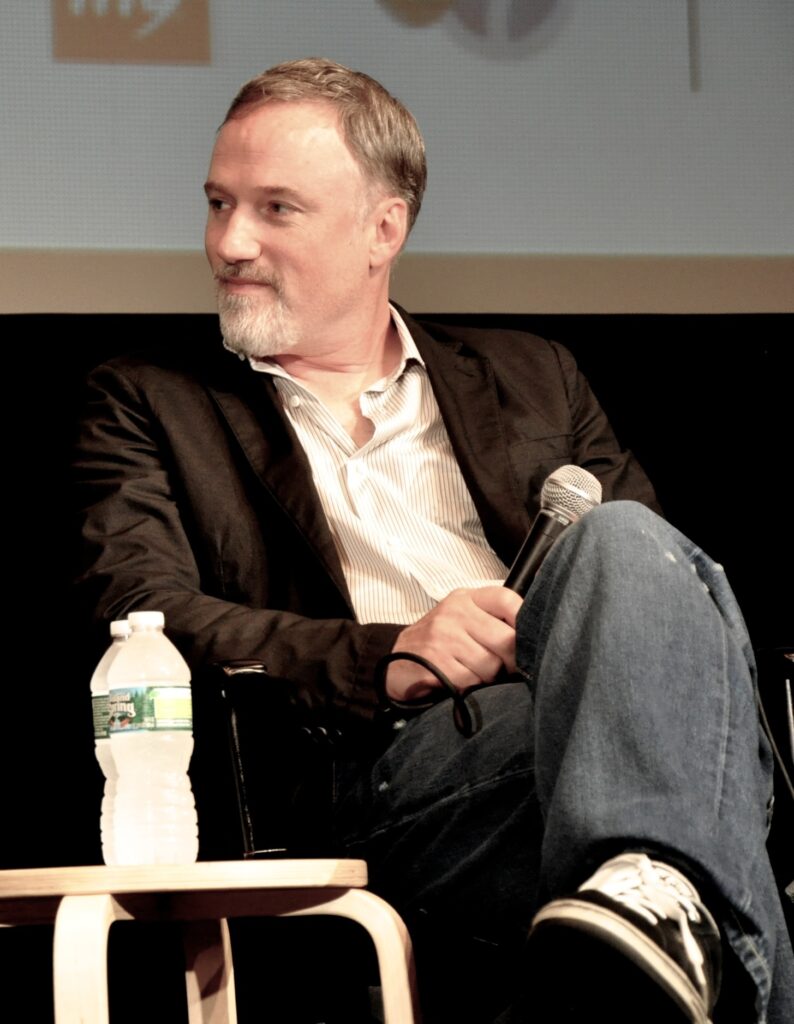
2. **Jake Gyllenhaal – Zodiac (David Fincher)**David Fincher is renowned for his meticulous, often obsessive, attention to detail, a directorial style that can either yield cinematic brilliance or drive his actors to the brink. For Jake Gyllenhaal, starring in Fincher’s 2007 thriller *Zodiac*, it was decidedly the latter. Fincher’s infamous practice of shooting dozens, sometimes hundreds, of takes became a source of immense frustration for the actor, transforming the set into a grueling battle of wills and endurance.
Gyllenhaal openly described working with Fincher as feeling like he was being reduced to a mere “colour” on the director’s canvas, an impersonal component in a larger, exacting vision. He stated that Fincher “paints with people,” an artistic metaphor that belies the emotional toll such a process can take on a performer. This approach, while effective for Fincher’s distinctive aesthetic, clearly left Gyllenhaal feeling diminished and creatively constrained.
Fincher, never one to mince words, offered his own sharp retort when asked about Gyllenhaal’s comments years later. He characterized Gyllenhaal as a distracted actor, one who had never “been asked to concentrate on minutiae” and was “very scattered” on set. Fincher claimed Gyllenhaal was more concerned with “the cover of GQ and this and that,” being “nibbled to death by ducks, and not particularly smart ducks.” His remarks paint a picture of an actor unaccustomed to such rigorous demands, failing to meet the high bar set by the director.
The friction on *Zodiac*’s set reveals a fascinating, if uncomfortable, truth about the creative process: what one director sees as precision, an actor might experience as dehumanizing. While *Zodiac* stands as a critically acclaimed film, the clash between Fincher’s exacting style and Gyllenhaal’s frustrations underscores the delicate balance required in translating a director’s vision through an actor’s performance. Sometimes, the pursuit of perfection comes at a significant human cost.
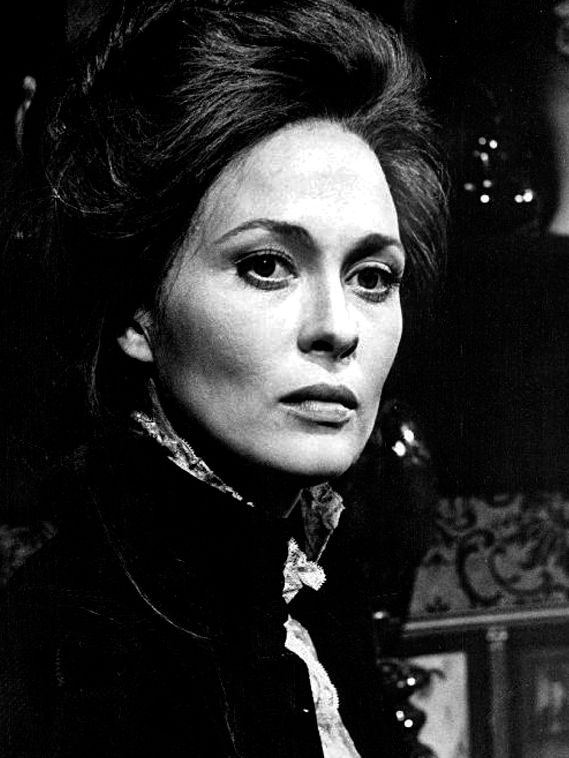
3. **Faye Dunaway – Chinatown (Roman Polanski)***Chinatown* stands as an undisputed masterpiece of film noir, a cinematic triumph whose brilliance, however, belies a deeply toxic and contentious production. At the heart of this volatile environment was the unrelenting feud between legendary actress Faye Dunaway and director Roman Polanski, a clash that has become as infamous as the film itself. Their set was a battleground, where every creative decision became a potential flashpoint for conflict.
The disputes between Dunaway and Polanski were constant and multifaceted, escalating from arguments over costuming and hair to even the most basic human needs, such as bathroom breaks. Polanski, notorious for his demanding nature, swiftly labeled Dunaway as “difficult” and a “gigantic pain” in the press. This public dismissal was a common tactic in Hollywood, especially to undermine strong, opinionated women who dared to challenge a director’s authority.
However, Dunaway later offered a powerful and unsettling counter-narrative in her autobiography. She revealed Polanski’s “incessantly cruel” behavior and his “never-ending need to humiliate” her, alleging that his tactics “bordered on ual harassment.” Her account painted a grim picture of a set where psychological warfare was waged, making the act of filmmaking a painful battle for dignity rather than a creative endeavor.
This feud isn’t merely about artistic differences; it’s a stark illustration of Hollywood’s historically biased tendency to brand outspoken women as problematic. While *Chinatown* achieved classic status, Dunaway’s painful experience and her courageous speaking out redefined the narrative. It served as a potent reminder that behind the scenes of even the most celebrated art, dark dynamics can prevail, and the price of creative genius can be borne disproportionately by those marginalized.
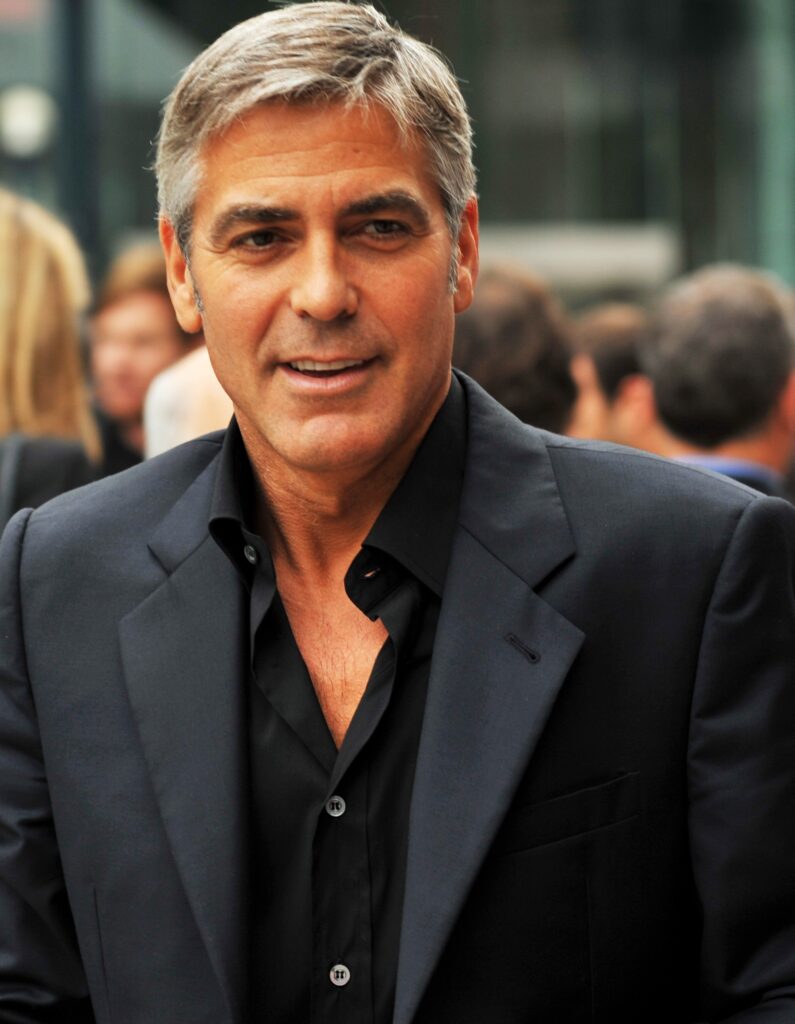
4. **George Clooney – Three Kings (David O Russell)**David O. Russell’s prolific history of on-set arguments is almost as legendary as his films themselves, and one of his most infamous clashes involved none other than Hollywood heavyweight George Clooney during the production of 1999’s *Three Kings*. This wasn’t merely a disagreement; it escalated into a near-physical altercation, cementing Clooney’s profound disdain for the director and creating a backstage war that continues to echo years later.
The catalyst for the explosion was Russell’s alleged verbal abuse of crew members. Clooney, known for his strong sense of camaraderie and fierce loyalty to his collaborators, directly confronted Russell. As Clooney recounted, “I would not stand for him humiliating and yelling and screaming at crew members, who weren’t allowed to defend themselves.” His intervention led to a heated exchange that spiraled out of control, culminating in a reported “tussle” on set.
Clooney’s condemnation of the experience has been unwavering. He later called working on the film “the worst experience of his life” and, even decades later, hasn’t softened his stance. As recently as 2024, in a *GQ* interview, Clooney referred to O Russell as “a miserable f***” who “made my life hell,” words that leave little doubt about the lasting animosity and the depth of his negative experience.
The irony here is striking: *Three Kings* earned critical praise and remains a respected film, yet its most enduring legacy might be the infamy of its behind-the-scenes conflict. Clooney’s steadfast account serves as a powerful statement against directorial bullying, highlighting his belief in protecting vulnerable crew members. It’s a classic tale of ego versus ethics, where the art, however brilliant, couldn’t erase the scars of a deeply troubled production.
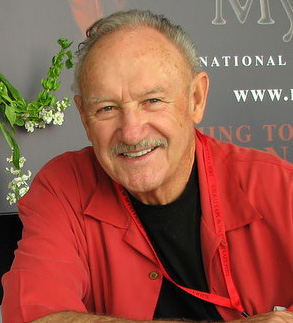
5. **Gene Hackman – The Royal Tenenbaums (Wes Anderson)**On the surface, the collaboration between the seasoned, powerhouse actor Gene Hackman and the quirky, meticulous director Wes Anderson for *The Royal Tenenbaums* might have seemed like an odd but potentially brilliant pairing. Yet, what audiences saw on screen, a beloved and eccentric family drama, masked a surprisingly hostile on-set environment, fueled by Hackman’s open disdain for Anderson.
Accounts from co-stars painted a vivid picture of Hackman’s challenging behavior. Anjelica Huston recalled in 2011 that Hackman explicitly told Anderson to “pull up [his] pants and act like a man,” a dismissive and demeaning remark. Noah Baumbach further contributed to the lore, recalling Hackman allegedly calling Anderson a “c***” during filming, underscoring the raw and unfiltered animosity that permeated the set.
Despite enduring such verbal abuse, Anderson’s perspective on the experience offers a surprising twist. He has consistently maintained that he has no regrets about casting Hackman, even praising his formidable presence. Anderson said, “He’s a huge force and I really enjoyed working with him. Even though he was very challenging with me, it was very exciting seeing him launch into these scenes.” This remarkable outlook suggests a director willing to endure personal discomfort for the sake of an unparalleled performance.
This curious clash remains one of Hollywood’s more intriguing feuds, demonstrating that creative genius can sometimes emerge from deeply uncomfortable collaborations. It’s a testament to both Hackman’s undeniable talent, which Anderson clearly valued, and Anderson’s resilience in the face of a legend’s scorn. The film’s enduring success proves that sometimes, the art transcends the personal struggles of its creators, leaving behind a complex legacy of conflict and brilliance.
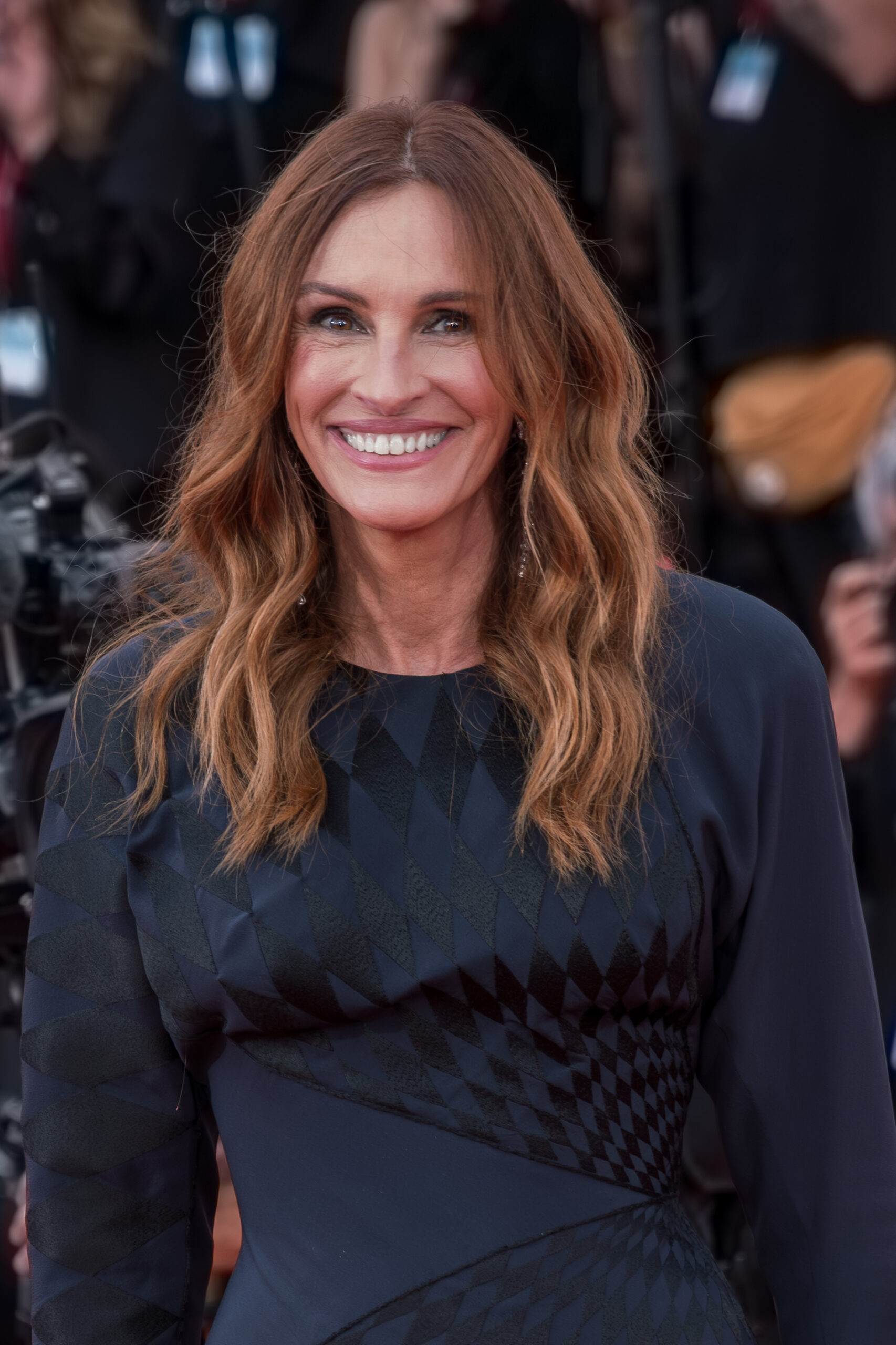
6. **Julia Roberts – Hook (Steven Spielberg)**In 1991, the casting of America’s sweetheart, Julia Roberts, as Tinkerbell in Steven Spielberg’s *Hook* sounded like a match made in Hollywood heaven, promising whimsy and magic. In reality, the production quickly devolved into a nightmare, creating an infamous Hollywood feud not only because of the prominence of the stars but also due to the unique challenges of the film’s innovative visual effects and Roberts’ personal turmoil.
Roberts found herself stranded in green-screen isolation for much of the shoot, performing largely by herself and against a blank canvas. This unfamiliar and creatively stifling process, combined with the very public breakdown of her relationship with Kiefer Sutherland, led to immense frustration. Her on-set demeanor earned her the crew’s infamous nickname, “Tinkerhell,” a clear indication of the stress and tension she was experiencing.
Spielberg, a director known for his empathy, later admitted that the timing was simply terrible, expressing sympathy for Roberts’ difficult personal situation. He acknowledged that “It was simply bad timing for all of us that she happened to start on Hook at that low point.” Roberts herself, while shrugging off the “Tinkerhell” nickname, openly acknowledged the profound stress she was under, stating, “I’m a normal person. I mean, if I sit in my trailer for six hours doing nothing, I’m going to say: ‘What the is going on?’”
The end result of *Hook* may be whimsical and enduringly watched, but the set itself was anything but fairy dust. This feud highlights how personal struggles and the demands of groundbreaking filmmaking can converge to create a volatile environment, even for the biggest names in the industry. It’s a reminder that even the most celebrated artists are human, susceptible to the pressures and emotional challenges that sometimes eclipse the pursuit of movie magic.
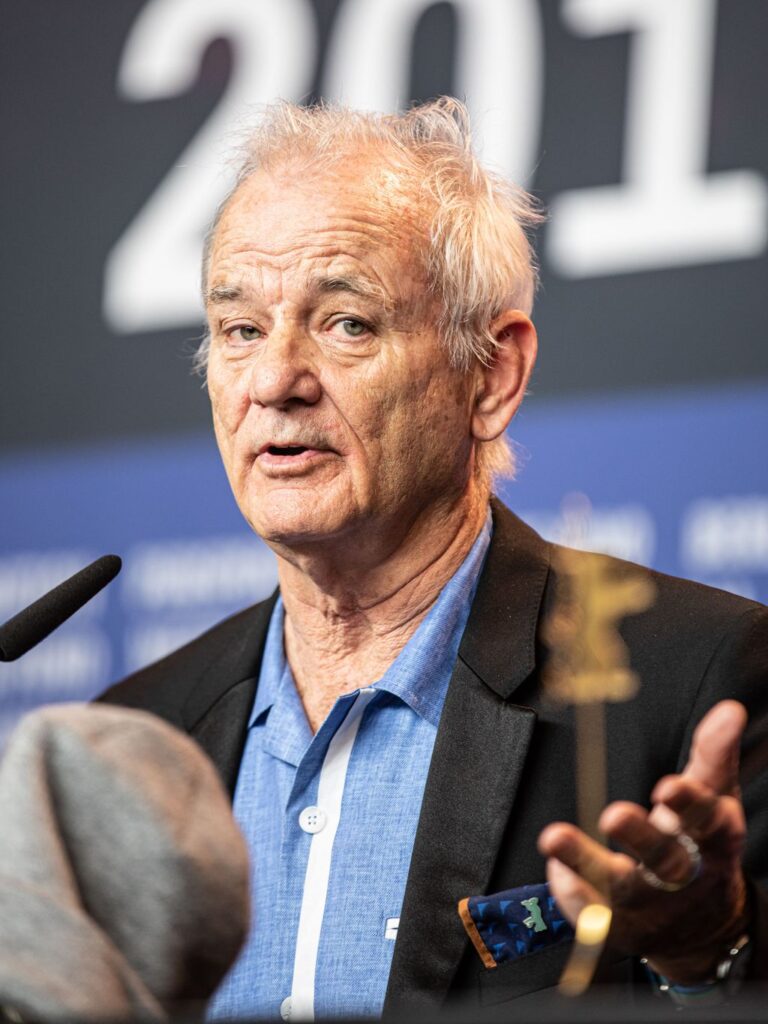
7. **Bill Murray – Groundhog Day (Harold Ramis)**Bill Murray and Harold Ramis forged one of comedy’s most iconic partnerships, crafting cinematic gold with films like *Caddyshack* and *Ghostbusters*. However, their collaboration on the beloved classic *Groundhog Day* proved to be the dramatic undoing of their friendship, leading to a spectacular, two-decade-long rift that broke one of Hollywood’s most fruitful creative duos.
Creative disagreements during the filming of *Groundhog Day* quickly spiraled into intense hostility. The tension between the star and director was palpable, eventually culminating in a physical confrontation where Ramis, frustrated by Murray’s erratic behavior, reportedly grabbed him by the shirt collar and threw him against a wall. This explosive incident shattered their working relationship and, more painfully, their deep personal bond.
According to Ramis’s daughter, Violet, in her 2018 biography, her father was left “heartbroken, confused and yet unsurprised by the rejection” after Murray swore off their friendship. The silence between the two comedy giants lasted for over two decades, a testament to the profound depth of the personal injury and the difficulty of mending such a publicly fractured relationship.
Yet, in a poignant and bittersweet twist, the two finally reconciled on Ramis’s deathbed. Murray appeared at his door with a box of doughnuts, offering a final, touching gesture of peace and friendship, repairing their bond in the very last moments. This feud stands as a powerful narrative of creative intensity, personal betrayal, and ultimate forgiveness, underscoring that even the most enduring friendships can be tested to their limits in the demanding crucible of filmmaking, only to find solace in a final, quiet act of grace.
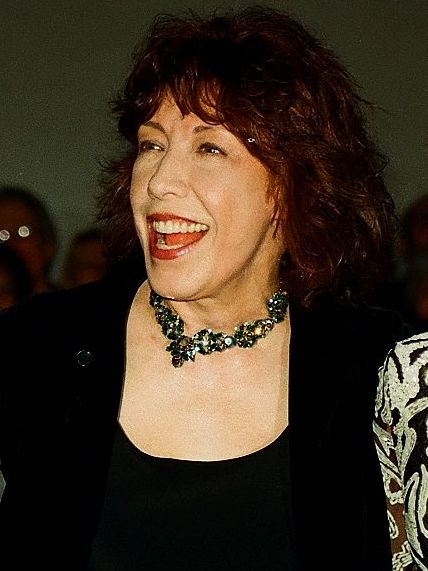
8. **Lily Tomlin – I Heart Huckabees (David O Russell)**David O. Russell makes another appearance on our list, proving his prolific track record for on-set arguments isn’t just a rumor—it’s a well-documented phenomenon. Few directorial meltdowns have captured the internet’s morbid fascination quite like the leaked footage from the set of 2004’s *I Heart Huckabees*, showcasing an explosive, expletive-laden confrontation between Russell and the legendary Lily Tomlin. It was a raw, unfiltered peek behind the curtain that instantly became cinematic folklore, revealing tensions that often remain hidden.
In the infamous video, both Tomlin and Russell are seen hurling intensely personal insults at each other, their creative friction boiling over into a public spectacle that, while embarrassing, also felt strangely authentic. It laid bare the pressures and high stakes involved when brilliant, passionate minds clash. The footage, circulated widely years after the film’s release, solidified Russell’s reputation for volatility, even as it offered a glimpse into Tomlin’s equally formidable spirit.
Yet, what makes this particular feud stand out is its unexpected aftermath. Tomlin, with remarkable magnanimity, later downplayed the severity of the incident, attributing it to the intense stress of the creative process, admitting that sometimes people “act like a crazy person.” Far from holding a grudge, she insisted on her admiration for Russell’s talent, highlighting a maturity and understanding that creative passion, at its extreme, can manifest in chaotic ways. Their ability to move past such a public blow-up speaks volumes about the complex relationships forged in filmmaking.
It’s a powerful narrative that challenges the conventional notion of an irreparable Hollywood feud. Despite the deeply uncomfortable optics of the leaked footage, Tomlin’s perspective reveals a nuanced truth: creative differences can be messy, even explosive, but they don’t always destroy professional respect or personal regard. In fact, sometimes, they simply become another chapter in the wild, unpredictable saga of making movies.
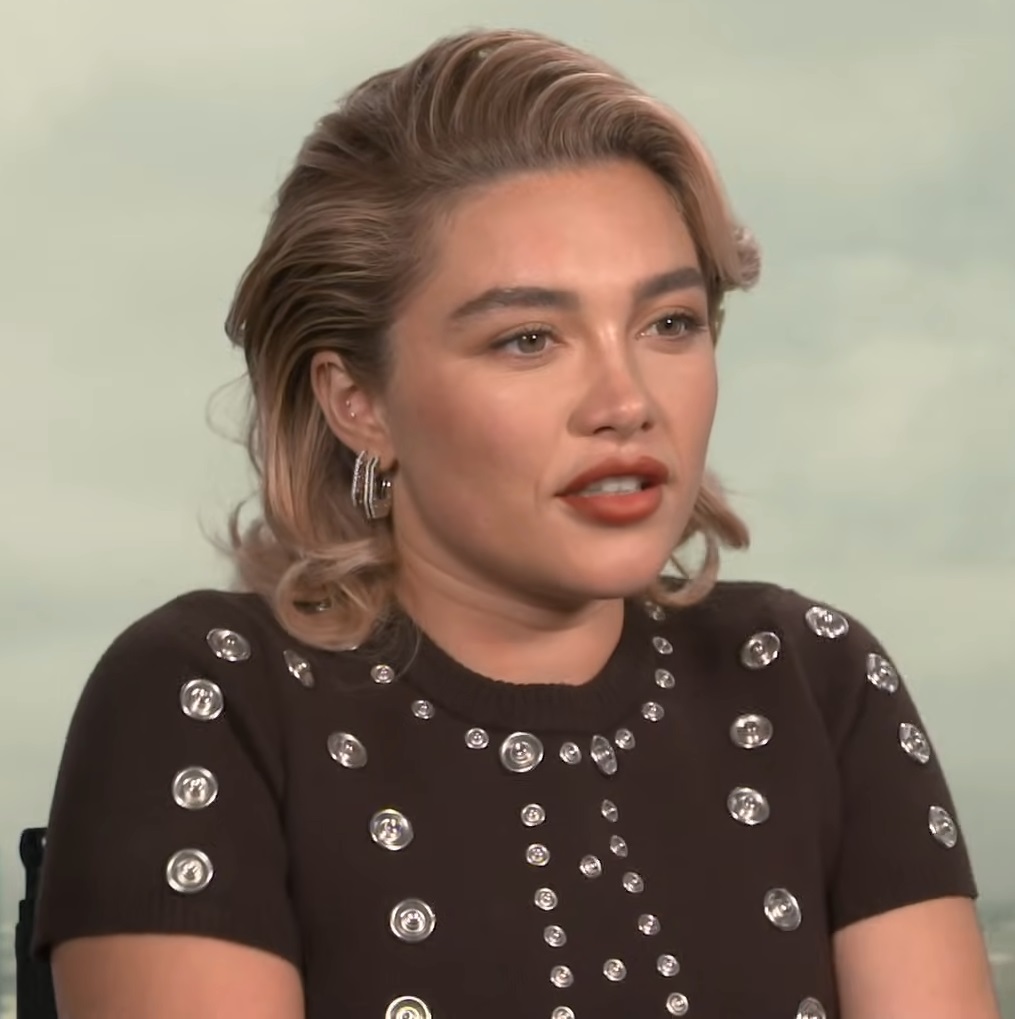
9. **Florence Pugh – Don’t Worry Darling (Olivia Wilde)**In an era dominated by social media and relentless online speculation, the behind-the-scenes drama surrounding Olivia Wilde’s *Don’t Worry Darling* became a main event, almost eclipsing the film itself. At the heart of the maelstrom was the rumored tension between Wilde, the director, and her breakout star, Florence Pugh. The whispers started early and grew into a roaring public conversation, fueled by cryptic social media posts and conspicuous absences.
Reports suggested a significant “screaming match” erupted on set, reportedly over Wilde’s alleged absences during filming, which coincided with the public emergence of her relationship with co-star Harry Styles. Pugh’s noticeable lack of promotional activity for the film—skipping most press events and making only a brief, somewhat detached appearance at the Venice Film Festival—further fanned the flames of speculation. Fans and media alike scrutinizing every interaction, every non-comment, and every shared glance, turning the entire press tour into a meta-drama.
While Wilde attempted to downplay the rumors, referring to the internet’s self-feeding nature at the Venice press conference, Pugh maintained a stoic silence on the matter, choosing to let her performance, and arguably her actions, speak for themselves. This strategic reticence amplified the public’s curiosity, allowing the narrative of a significant rift to take hold, regardless of official denials. The film, despite its high-profile cast and intriguing premise, became almost secondary to the unfolding saga of its contentious production.
Amidst the cacophony of gossip, Pugh emerged largely unscathed, with critics largely agreeing that her commanding performance carried the film. It’s a testament to her undeniable talent and star power that she not only weathered the storm but arguably cemented her status as a formidable Hollywood presence, capable of navigating professional turmoil with grace and undeniable skill. The episode highlighted how quickly modern filmmaking narratives can be shaped by off-screen dynamics.

10. **Bruce Willis – Cop Out (Kevin Smith)**Some director-actor feuds fade into obscurity, but the mutual disdain between Bruce Willis and Kevin Smith during the production of 2010’s *Cop Out* remains notoriously vivid, often outshining the forgettable film itself. It became a cautionary tale of mismatched personalities and clashing work ethics, demonstrating that even with a comedic premise, a film set can be anything but funny when fundamental creative differences spiral into open animosity.
Kevin Smith, known for his candid reflections on his filmmaking experiences, later painted a scathing portrait of working with Willis, labeling it “soul-crushing.” In his autobiography, Smith explicitly stated that *Cop Out* could have been a great experience “if it were not for the fact that I met true darkness in Bruce Willis – I love making movies and he does not, at all.” These were not just mild criticisms; they were deeply personal indictments of Willis’s professional demeanor.
Willis, never one to shy away from a direct retort, dismissed Smith as a “whiner,” attributing their friction to differing work styles rather than any inherent character flaw. He publicly stated, “We had some personal issues about how we approached work. I don’t have an answer for him. I’m never going to call him out and lay him out in public.” This exchange, while more guarded on Willis’s part, underscored the profound personal and professional chasm that had opened between them.
The enduring legacy of the *Cop Out* production is less about its cinematic merit and more about the spectacular public spat between its star and director. It serves as a stark reminder that even seasoned professionals can find themselves in an irreconcilable creative deadlock, where even the most basic collaborative spirit is absent. The film’s failure to resonate culturally is arguably overshadowed by the memorable toxicity of its making.
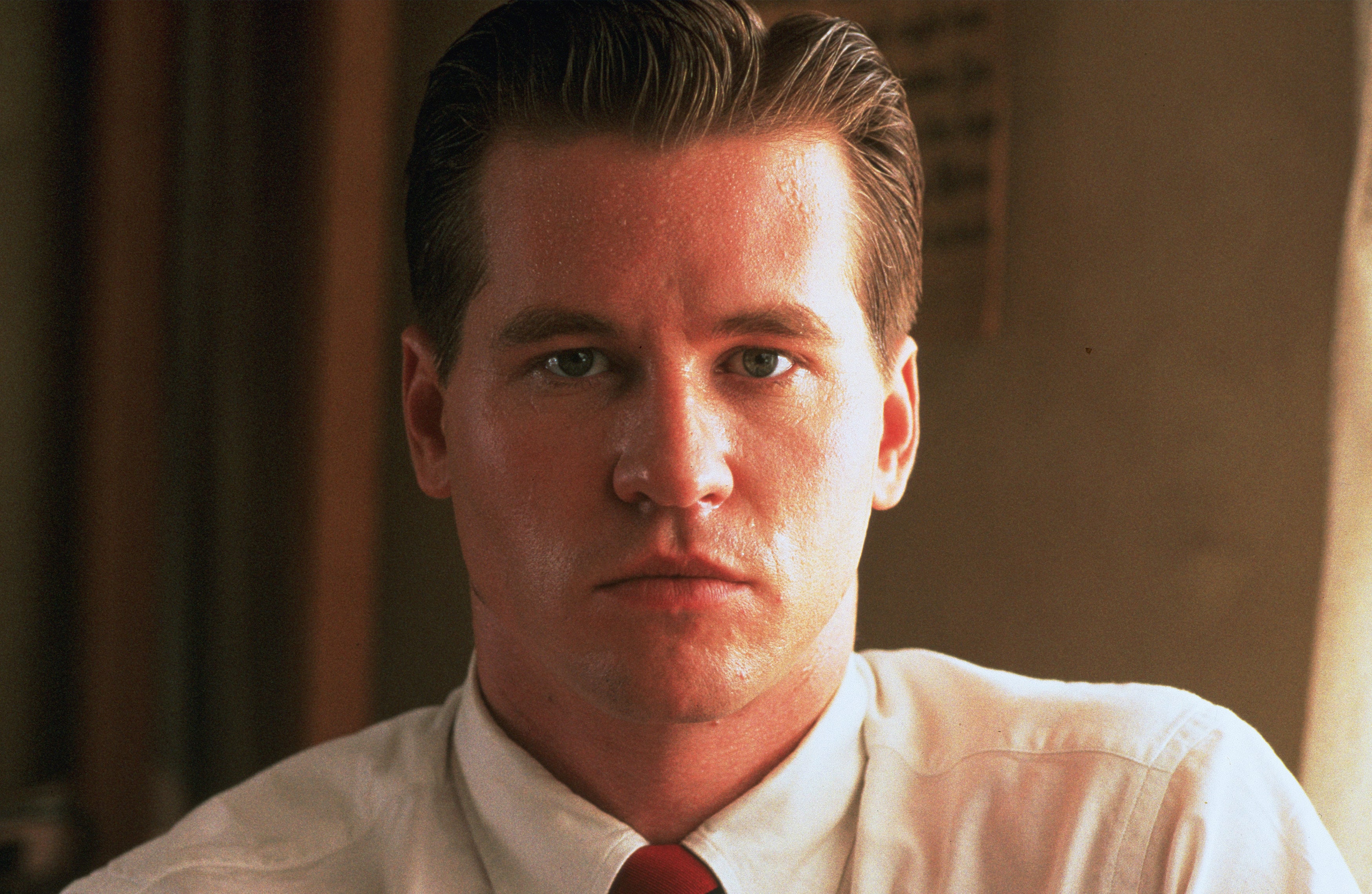
11. **Val Kilmer & Tommy Lee Jones – Batman Forever (Joel Schumacher)**Joel Schumacher’s *Batman Forever*, while a vibrant, neon-soaked entry into the caped crusader’s cinematic history, masked a cauldron of bitter, off-screen feuds that made its production as chaotic as a Gotham City riot. The director famously clashed with not one, but two of his leading stars—Val Kilmer, portraying Batman, and Tommy Lee Jones, as the villain Two-Face—leading to a public excoriation and a vow never to work with them again.
Schumacher didn’t mince words, publicly blasting Kilmer as “psychotic” and Jones as an “a*****e.” This unfiltered honesty from a director about his stars was rare and shocking, revealing the sheer frustration he experienced. He claimed his relationship with Kilmer deteriorated to the point where they stopped speaking entirely for two weeks of production, a period Schumacher paradoxically described as “bliss,” highlighting the profound breakdown in communication.
Kilmer, known for his intense on-set persona, apparently found Schumacher’s approach challenging, leading to a frosty atmosphere that permeated the set. Meanwhile, Jones, a veteran actor, was similarly difficult, contributing to the overall sense of disarray. Neither actor was invited back for the sequel, *Batman & Robin*, a clear sign of the irreparable damage done to their professional relationships with Schumacher and the studio.
This multi-fronted battle underscored the immense pressure cooker that blockbuster filmmaking can be, where enormous egos and diverse working methods can collide with explosive results. *Batman Forever* remains a colorful curiosity in the Batman canon, but Schumacher’s candid remarks ensured its behind-the-scenes chaos became as much a part of its narrative as the Caped Crusader’s on-screen heroics. It was a clear demonstration that even the biggest superhero films are fundamentally human dramas, with all their attendant flaws.
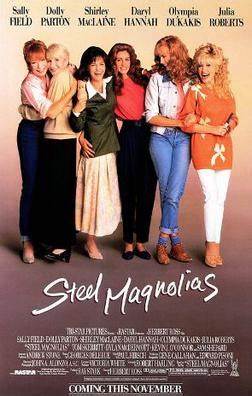
12. **The Cast – Steel Magnolias (Herbert Ross)***Steel Magnolias* charmed audiences worldwide with its poignant story of female friendship and resilience in small-town Louisiana, yet its heartwarming on-screen portrayal belied a deeply contentious production. The director, Herbert Ross, managed to unite his powerhouse ensemble cast—Julia Roberts, Sally Field, Shirley MacLaine, and Dolly Parton—not through camaraderie, but through their shared exasperation with his belittling directorial style.
Ross reportedly targeted the cast, particularly Julia Roberts, then an emerging star, with harsh critiques of their acting abilities. Sally Field recounted in 2013 how Ross “went after Julia with a vengeance,” calling her performance bad, a tactic Roberts herself described as “mean and out of line.” This created an intensely difficult environment, especially for younger actors striving to prove themselves amidst industry legends.
Dolly Parton, ever the quick-witted icon, offered a particularly memorable response to Ross’s condescending feedback. When he repeatedly told her she needed acting lessons, Parton, bemused, famously retorted, “I’m not an actress, I’m Dolly Parton. I’m a personality who has been hired to do this movie. You’re the director. It’s your job to make me look like I’m acting.” Her witty comeback perfectly encapsulated the absurdity of Ross’s demands.
Ironically, Ross’s abrasive methods inadvertently forged a powerful bond among the cast. By uniting them against a common, critical antagonist, he fostered the very camaraderie that shines through on screen. The collective support they offered one another off-camera, in the face of directorial negativity, ultimately strengthened their on-screen chemistry. It’s a compelling example of how shared struggle can lead to unexpected solidarity, even turning a difficult production into a celebrated classic.

13. **Megan Fox – Transformers (Michael Bay)**Megan Fox’s meteoric rise to fame with Michael Bay’s *Transformers* franchise was as explosive as the films themselves, but the experience quickly soured, leading to one of Hollywood’s most infamous actor-director bust-ups of the 2000s. The dispute transcended typical creative disagreements, culminating in a career-altering comparison that reverberated through the industry and led to Fox’s dramatic exit from the blockbuster series.
The friction reached a boiling point when Fox, in an interview, controversially compared Bay’s directorial style to that of Adolf Hitler, remarking on his demanding and sometimes tyrannical approach on set. This provocative statement, though perhaps intended to express extreme frustration, crossed a line for many, including producer Steven Spielberg, who reportedly intervened, leading to Fox being fired from the franchise before the third film, *Dark of the Moon*.
The fallout from her comments significantly impacted Fox’s career, stalling her ascent as a leading lady and earning her a reputation for being “difficult.” While she later reconciled with Bay, working with him again on *Teenage Mutant Ninja Turtles*, and clarified that she was not ually exploited, the damage to her public image and career trajectory was undeniable. It became a cautionary tale about the perils of unchecked commentary within the highly controlled entertainment industry.
This highly publicized clash highlights the precarious balance between a star’s burgeoning power and a director’s established authority. While Bay is known for his bombastic visual style, Fox’s comments revealed the human cost behind the explosions. Her experience underscores how quickly a rising star can fall when perceived transgressions challenge the industry’s unspoken rules, making this feud a definitive moment in both her career and the annals of Hollywood disputes.
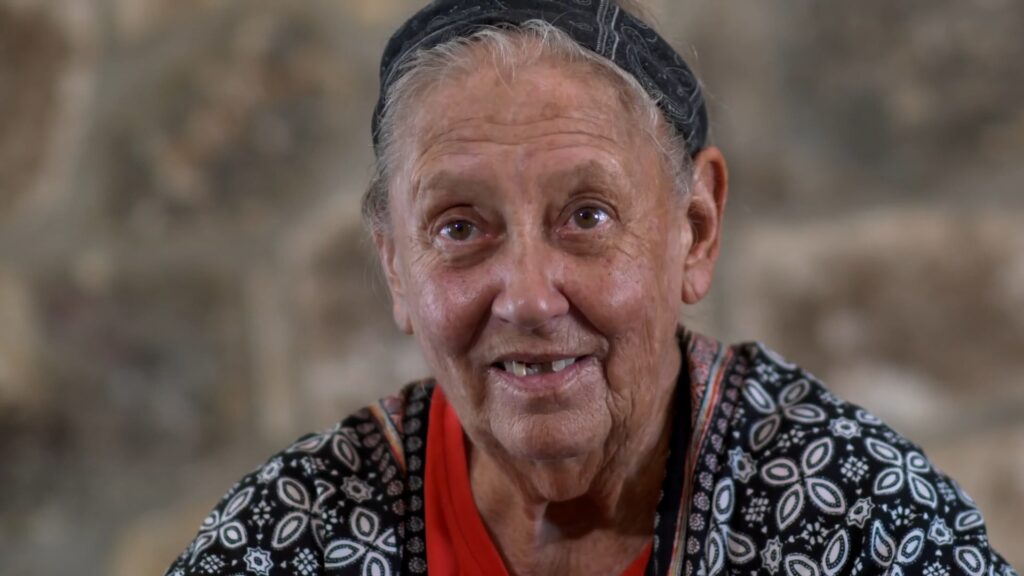
14. **Shelley Duvall – The Shining (Stanley Kubrick)**Stanley Kubrick’s *The Shining* is a masterpiece of psychological horror, its chilling atmosphere and iconic performances seared into cinematic history. Yet, behind its brilliance lies one of the most infamously grueling productions, largely at the expense of its lead actress, Shelley Duvall. Kubrick’s obsessive directorial methods pushed Duvall to the absolute limits of her endurance, creating a working environment that bordered on psychological torment.
Kubrick’s relentless pursuit of perfection saw Duvall subjected to endless retakes, with one particularly iconic scene reportedly filmed an astonishing 127 times. She endured months of what was effectively public scolding and emotional exhaustion, designed, some argue, to extract the raw, terrified performance that defines her character, Wendy Torrance. The director’s methods were not just demanding; they were reportedly designed to isolate and break down her spirit, mirroring the isolation her character experienced.
Duvall herself later admitted the shoot was “almost unbearable,” a stark testament to the profound toll it took on her mental and physical well-being. However, with the wisdom of hindsight, she also offered a complex reflection, praising the experience as a valuable, if grueling, lesson in filmmaking. This nuanced perspective adds another layer to the legend, suggesting that even traumatic artistic experiences can, for some, contribute to growth.
The saga of Shelley Duvall on the set of *The Shining* stands as a potent, if uncomfortable, narrative about the blurred lines between creative genius and outright cruelty. It forces us to confront the ethical questions inherent in such extreme directorial methods, asking whether the pursuit of unparalleled art justifies such profound human cost. Duvall’s performance remains iconic, but the story of how it was achieved is a haunting reminder of the psychological battles fought behind the camera.
And so, as the credits roll on our own deep dive into Hollywood’s most explosive creative skirmishes, it becomes abundantly clear that the silver screen isn’t always glittering magic. Behind the carefully constructed illusions, the world of filmmaking is a fascinating, often brutal, landscape where towering egos, uncompromising visions, and fragile human emotions frequently collide. For every Scorsese and De Niro, for every harmonious set where trust and mutual admiration fuel brilliance, there are countless others where sparks fly, sometimes igniting full-blown infernos.
These public disputes, these raw glimpses into the human drama unfolding off-camera, aren’t just sensational headlines. They are invaluable insights into the delicate alchemy of creation, revealing that the art we cherish often emerges from conflict, compromise, and sometimes, outright warfare. They remind us that even the most celebrated figures in the entertainment industry are, at their core, just people, susceptible to the same frustrations, slights, and battles for control that define our own lives.
Ultimately, whether these feuds yielded cinematic masterpieces or forgettable flops, their stories endure. They’re etched into the collective memory of Hollywood, proving that while movies are designed to transport us to other worlds, the most compelling drama often plays out right on the set, reminding us that sometimes, the struggle for artistic integrity is just as captivating as the final cut.

